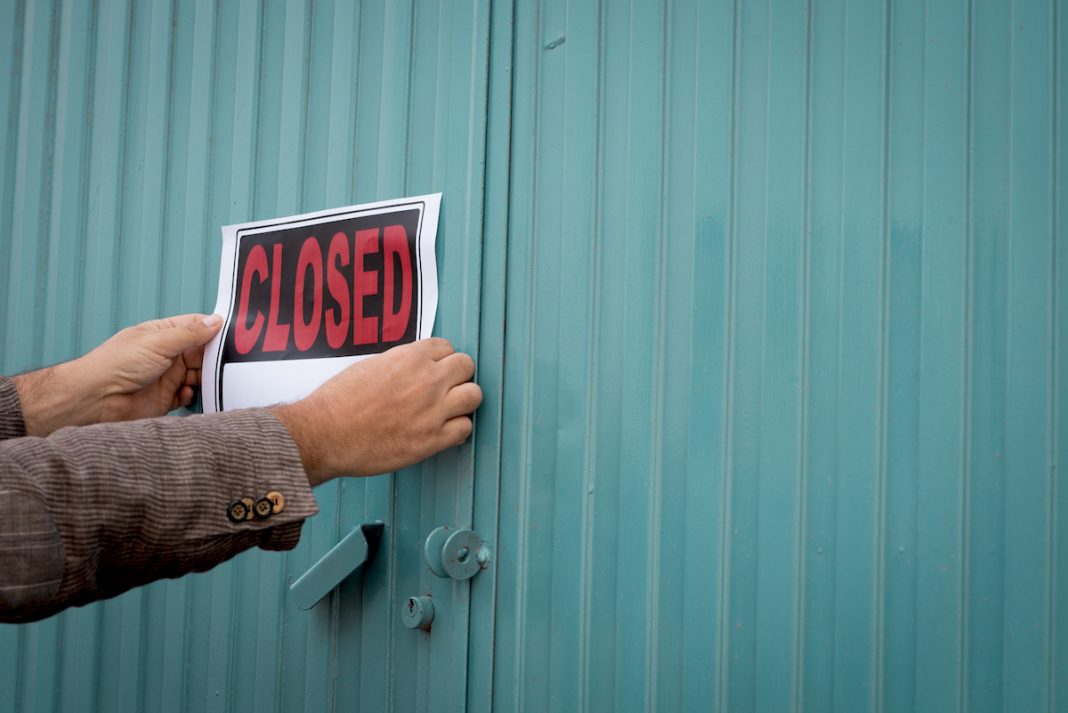You work hard to build your business. You put in long hours, pour your heart and soul into it and do everything you can to see your company succeed. But sometimes, no matter how much effort you put in, things just don’t go as planned.
All businesses have the potential to go bankrupt—even successful ones. The key is identifying risk factors as early as possible so you can take steps to prevent them before it’s too late.
There are many reasons a business might end up in bankruptcy — market risks, supply chain issues, fluctuating cash flow, or tight credit. In most cases, the warning signs are there if you know what to look for.
By proactively monitoring various indicators and identifying any red flags on an ongoing basis, you can significantly reduce your company’s risk of going bankrupt. Here are six ways to help protect your business from going bankrupt:
Have a Plan for Cash Flow
Cash flow is a business’s lifeblood — it’s what buys you the time and space you need to keep your business afloat. That said, many businesses fail to have a sound cash flow plan in place.
The longer you go without integrating proper cash flow management into your business, the greater the risk that you’ll run out of money before you can bring in more.
The first step to preventing your business from going bankrupt is to have a clear cash flow plan. To help ensure a steady, predictable flow of cash, make sure you: Set up a system to track accounts receivable, so you know when customers are likely to pay you and have a policy in place for when to write off bad debts.
Don’t rely on only one part of your business to generate revenue
Your business may depend on one product or service to generate revenue. While this can be a great way to grow your company, it also opens you up to the risk of being too reliant on one part of your business to support the rest. If that product or service fails or decreases demand, the rest of your company could suffer.
If your business relies on only one product or service to bring in revenue, explore other areas where you can increase your overall production and bring in more cash for your company. This will help spread out the risks and give you a backup plan in case one of your revenue sources takes a dive.
Make sure you have sufficient insurance coverage
Health insurance, workers’ compensation, general liability, and property damage coverage — are just a few of the types of insurance you may need as a business owner.
However, many small business owners forget to get the right coverage or don’t realize they need it in the first place. Poor insurance coverage can result in a devastating chain reaction that could end in bankruptcy for your business.
If you don’t have insurance to cover the costs of an accident or major loss, you could be forced to pay for the damages out of your own pocket. If you’re not sure what types of insurance you need for your business, talk to your accountant or financial advisor.
They should be able to help you determine what coverage you need to protect your company from unforeseen circumstances and protect you from the risk of going bankrupt.
Be diligent about risk management
Risk management is an ongoing process that involves identifying areas of your business that are susceptible to risk, determining the likelihood of those risks occurring, and determining the best way to mitigate the consequences.
By proactively managing risk in your business, you give yourself the upper hand against potential risks that could go on to bankrupt your company.
Too many business owners focus on expanding and growing their companies even though they aren’t equipped to deal with the potential risks that come with that growth. Identify the major risks associated with your business and determine how to best mitigate them.
Diversify your business risk
Diversifying the types of risk your company is exposed to is important. This means that you need to address all of your company’s major business risks, but you also need to be mindful of how you do so.
For example, suppose you rely on a single supplier for your raw materials. In that case, you’re putting your company at risk should that supplier go out of business or develop financial problems of their own. You don’t want to be dependent on a single supplier for the materials you need to produce your products.
This puts you at risk if the supplier has trouble meeting your requirements. By diversifying your risk and bringing in materials from more than one supplier, even if one supplier has problems, you’ll still be able to produce your product. This will help prevent your business from going bankrupt due to a single risk factor.
Monitor your competitors
Your competitors are an important part of your risk management strategy — especially if your company is in a highly competitive industry.
Suppose you know what your competitors are doing. In that case, you can take steps to ensure your company stays ahead of the game, such as by keeping an eye on its advertising strategies, website traffic, new product launches, and marketing campaigns.
You can also monitor your competitors’ financial situations by searching online for their latest financial reports. This will help you identify areas where your competitors are weak, allowing you to exploit that weakness and gain an advantage in your industry.
Monitoring your competitors will also help you identify trends and discover new strategies that could help your company stay afloat. For example, you can visit https://saw.com/appraisals/to check the value of a competitor’s website and compare it with yours; if theirs is worth more than yours, then you know you have work to do.
Another example would be you observing if any of your competitors are offering a new payment term to attract more business; you can also offer those terms to your customers to attract new business and stay competitive.
Wrapping up
It’s important to remember that no business is too big to go bankrupt. Even large multinational companies sometimes end up declaring bankruptcy.
The only way to protect your business from going bankrupt is to actively monitor the risk factors in your company and take steps to reduce those risks as soon as possible.
With the right monitoring and risk management strategy in place, you can significantly reduce the risk of your company going bankrupt and ensure that it remains healthy and financially stable for many years to come.






